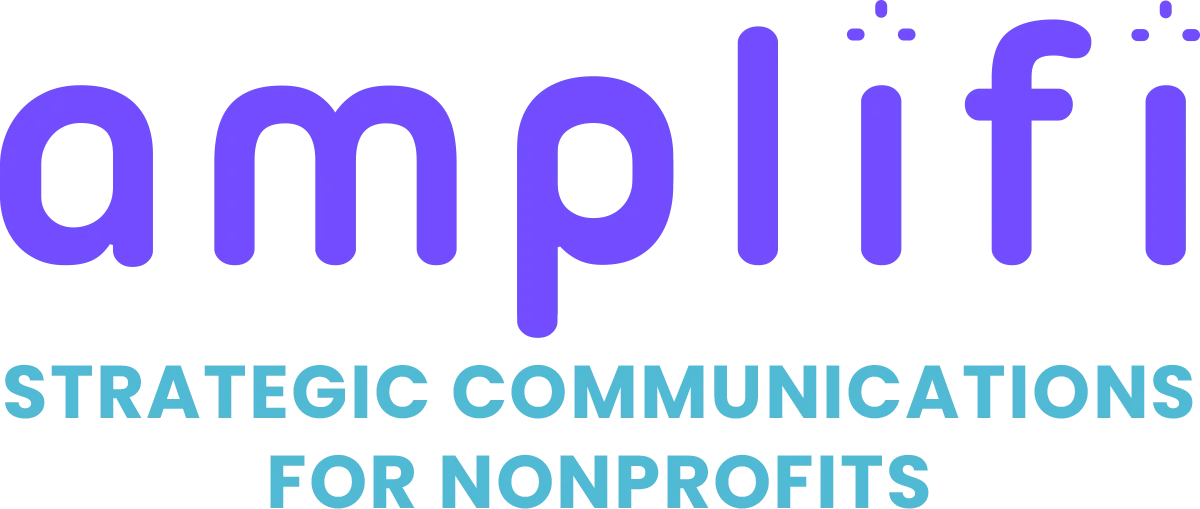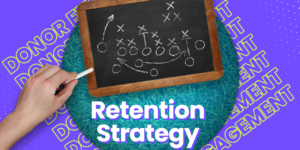This isn’t your first rodeo. If you’ve worked in nonprofit development for any amount of time, you know we’re coming up on the busiest and most critical time of year. So, are you feeling prepared for the year-end fundraising season?
We hope so! Because you’re almost out of time if you haven’t started thinking ahead to GivingTuesday and your year-end appeal.
The dog days of summer are behind us. And there’s a lot you need to do now to help your supporters make a real difference this November and December.
Do you think you have all the pieces in place for the year-end fundraising season? Then read on and make sure you’ve included these strategies in your approach!
A calendar will keep you on track.
Every organization should strive to build a year-long communications calendar. But that’s quite an undertaking. And as always, it’s important to start somewhere and build up as you go.
So why not start with your year-end fundraising plan? After all, your year-end outreach consists of much more than one direct mail appeal. Or at least it should.
Using a calendar to plan communications can help you incorporate different messages in different mediums to engage your audiences. And it’s important to build your calendar with room to pivot. As you know, the fundraising landscape is always evolving.
However, you can’t make updates once your appeal letter is printed and in the mail! But emails can be edited up until the moment before they are sent. So, plan your direct mail pieces first and set dates for when they should be designed, printed, mailed, and received by your audience. Then, build in email touches that support your direct mailers and keep your audience updated with the latest information.
READ MORE: Don’t wait any longer to plan your year-end campaign.

Your mission is what matters.
Remember to stay focused on your mission while planning the different messages in your communications calendar. One of the easiest ways to do this is by building on common elements in each appeal.
Does your appeal feature a picture of an important person or setting in your story? Use the same image in your mailer, emails, and social media posts!
If you have a slogan or subheading for your year-end fundraising strategy, feature it prominently in all your communications. Use the same typeface and font color to connect the dots for donors.
Speaking of connecting the dots, your call-to-action is another great way to be more mission-focused. Be more specific in your ask and tell donors exactly what their donations do for the cause.
You be the judge! Which is stronger:
- “Will you give $50 today to feed hungry children?”
- “By giving $50 today, you can feed 10 children who would otherwise go to bed hungry.”
You can apply the same approach to the clickable donation buttons in your emails. Don’t just settle for the standard, “Donate Now.” Connect the CTA to your mission with something like “Feed the Children.”
READ MORE: Making your nonprofit’s call-to-action more attractive.

Measure meaningful metrics.
Typically, we like to think diving into your analytics and determining what went right or wrong comes after the new year.
But it’s important to know what metrics to look for ahead of time!
After all, you’ll need to analyze more than your campaign’s fundraising totals or organization’s revenue for the year to understand and assess your year-end fundraising results.
The amount of money you raised is important, yes. But there are several other ways you should be evaluating your year-end fundraising push. Specifically, there are five key metrics to track that will help you adjust your approach during the campaign and learn what to do or not do differently next year.
Pay close attention to your online conversion rate, direct mail response rate, cost-per-donor, average gift size, and return on investment.
Set goals for each of these metrics before you launch your year-end fundraising campaign and keep track of them throughout. In January, you can compare your actual results to the bars you set ahead of time as well as last year’s data.
This will help you determine what’s working and what isn’t so you can adjust your approach appropriately for next year!
READ MORE: How to evaluate your fundraising efficacy.

Don’t make too many asks.
It’s important to show your donors you are always thinking of them.
You know your non-ask communications should include a lot more than a thank you note. And finding ways to engage your donors before you ask is key. But you also need a plan to follow up and keep someone interested after they give.
Phone calls, personalized video messages, gifts like a framed photo from an event, newsletters, and donor surveys are all great ways to reach out without making an ask. No matter how you engage, you need to remind your audience of the impact donors make on your mission with their support and that you’re counting on them to help!
So, save the solicitations for your appeal letter and a follow-up email or two.
Donors will get frustrated if every communication contains an ask. They’ll start to feel like you only care about what’s in their wallet and find another organization with similar goals that appreciates their supporters.
Don’t forget your follow-up!
One of the most important aspects of your year-end fundraising is an afterthought for too many nonprofits.
You probably send an automated email to thank donors and confirm the transaction was processed after someone gives. But you have a lot of work ahead of you if this is the only way you engage donors after they make a gift.
Reaching out again with a more personal and heartfelt thank you in the days following a donation is critical. Remember to demonstrate the impact the individual’s gift is already making on your shared goals and thank them for making a difference.
Your thank you’s can also open the door for future engagement.
After all, you already know donors who feel involved and engaged with a nonprofit’s work are more likely to understand their impact and give again. So, let donors know about the other non-monetary ways they can support you, such as volunteer or peer-to-peer giving opportunities!
And don’t forget to warm donors up before an appeal by thanking them for their past support! Remind them of the impact they’ve already made and let them know that there is still much to be done.
Click here to chat with an amplifi development strategist about your year-end appeal!









